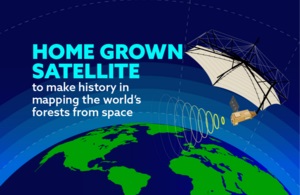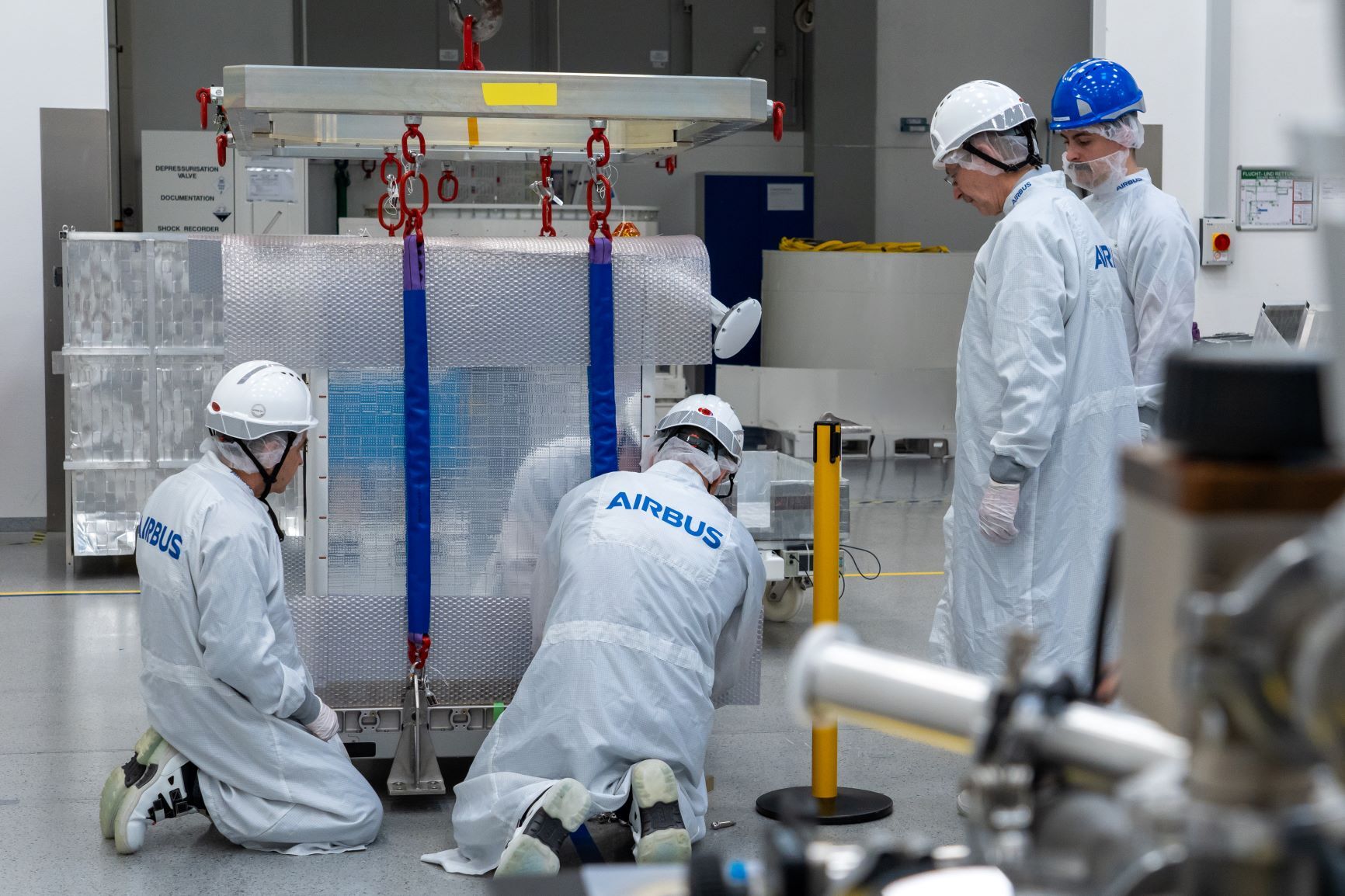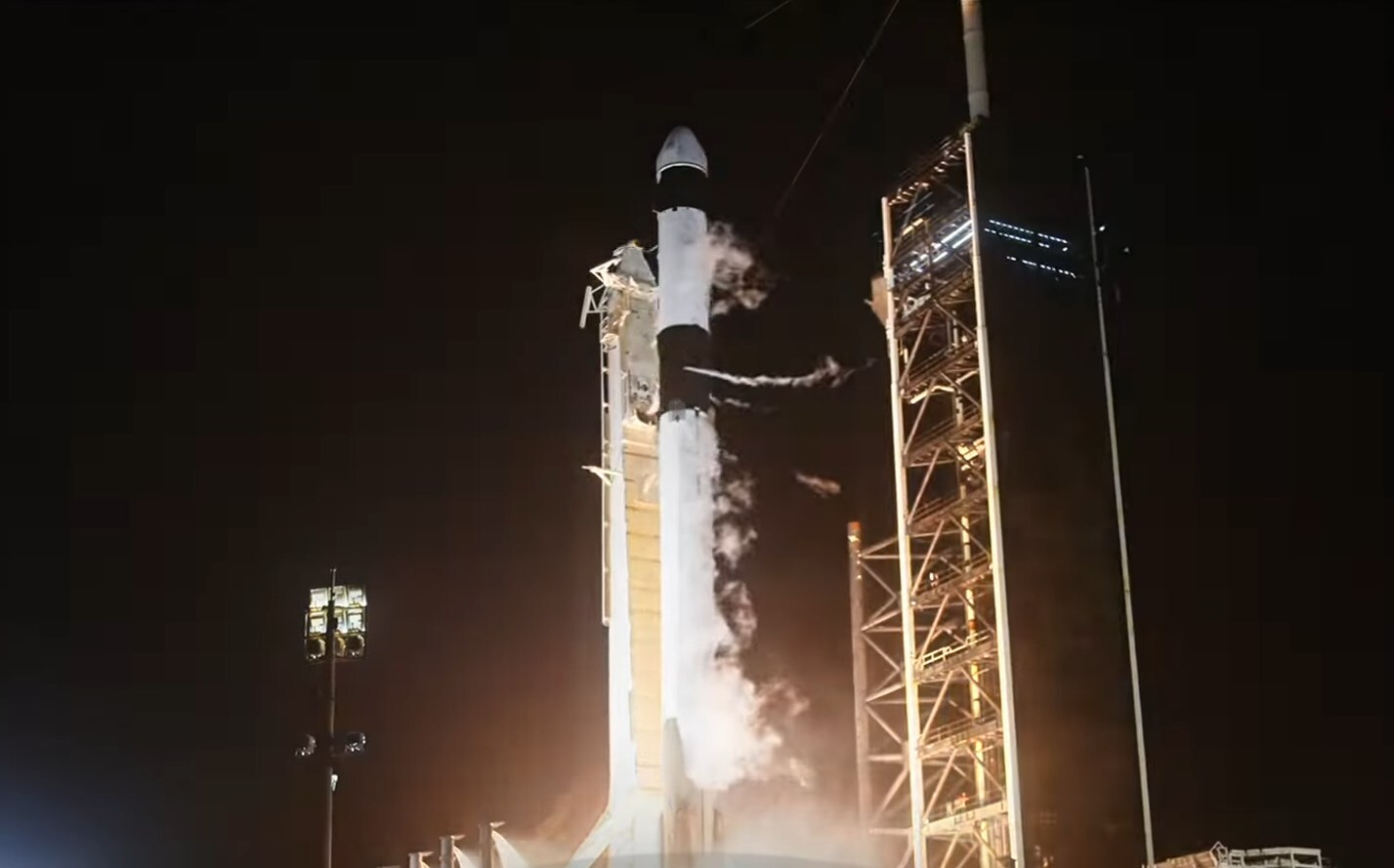Isotropic Systems completes pivotal LEO test ahead of launch

Image courtesy Isotropic Systems
The tests were conducted live, over-the-air, with Telesat at its Allan Park Teleport in Ontario, Canada. Isotropic's terminal tracked and passed bi-directional traffic to Telesat's Phase 1 LEO satellite whilst simultaneously connected to a Geostationary Earth Orbit (GEO) satellite link, demonstrating Isotropic's multi-orbit, multi-link Satcom terminal technology.
Isotropic’s cutting-edge antenna technology will allow full aperture performance across simultaneous connections to multiple satellites in any orbit. In addition to make-before-break handover support, the terminal unlocks multi-orbit communications to provide end-users with the increased flexibility for optimising their satellite capacity enabling ultra-high network uptime, quality of experience and service for a range of industry verticals.
With the initial testing completed, Isotropic Systems will officially launch later this year and unlock next-generation capabilities in connectivity for a range of sectors, including Aeronautical, Maritime, Enterprise, Government and Telecoms:
- In the air, aircraft will access multiple satellites at once. Pilots will be able to connect to satellites for navigation and ground communications, while passengers can access high-speed broadband, live television, and enhanced entertainment options through entirely separate satellites.
- On the ground, the land transport sector will unlock super-fast internet access enabling passengers to extend their office even if they are riding a bus or train.
- At sea, fibre-like broadband will revamp the experience for cruise-ship passengers while ships can be tracked across the ocean, advancing digital transformation for the shipping industry.
- Governments will be able to safeguard civilian and defence connectivity by accessing all available satellite bandwidth.
- Businesses will unlock significant enterprise opportunities from the increase in global connectivity.
John Finney, Founder and CEO of Isotropic Systems, said: "This test shows the potential of our terminal to enable the full convergence of satellites systems from the ground across multiple-orbits and meshing networks together without compromising the user-end experience. We look forward to testing our products in preparation for our product launch this year. Isotropic Systems has exciting times ahead."
Erwin Hudson, Telesat's Vice President of Lightspeed System Development, said: "All of us at Telesat are excited to see this first step in Isotropic Systems' LEO testing campaign. Isotropic's multi-link antenna is a promising, innovative technology that can provide increased flexibility and freedom of choice for customers pursuing multi-orbit connectivity strategies."













